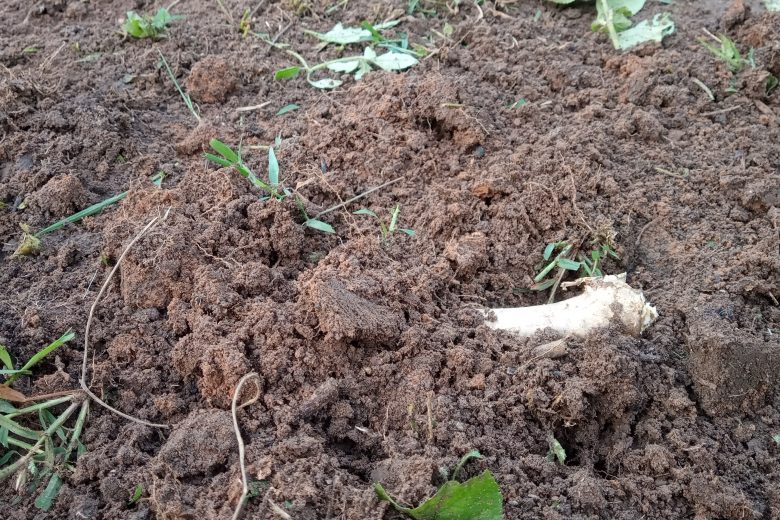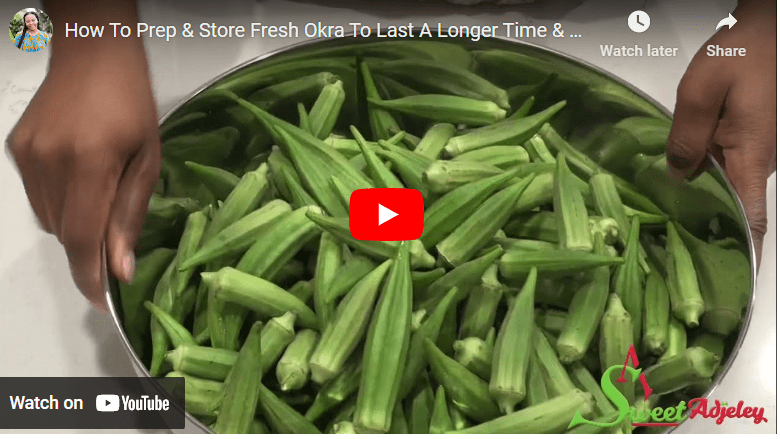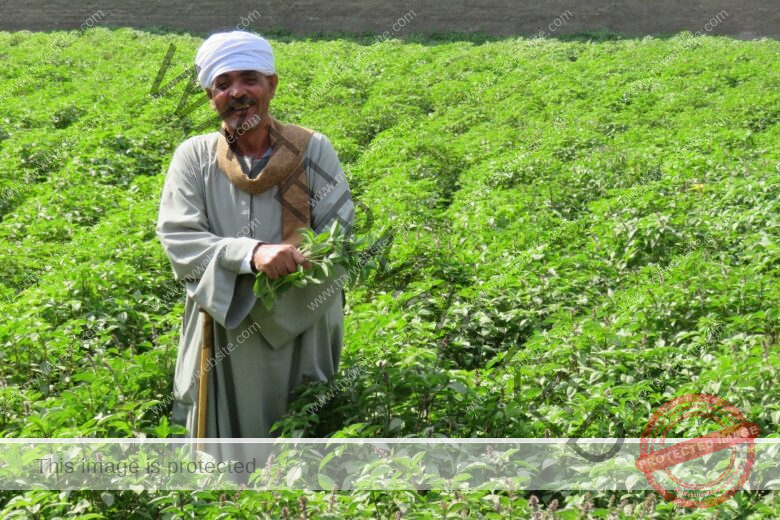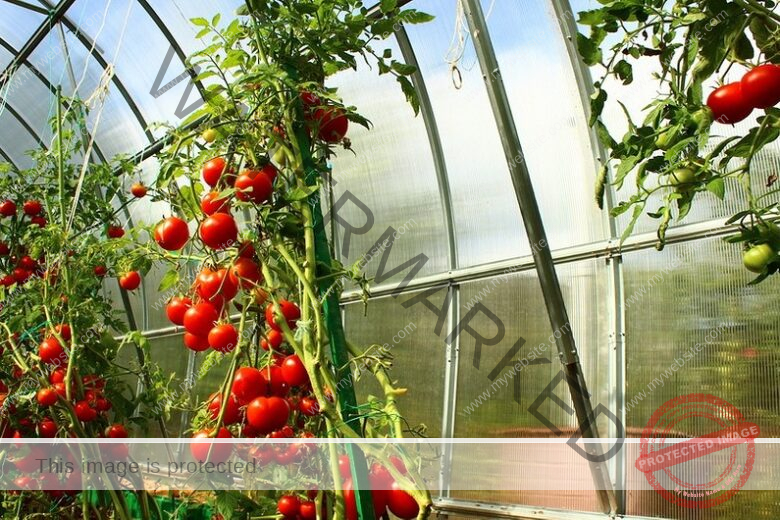Mauritius is an ideal country to start your farming business. The climate and soil of Mauritius make it an ideal place to start a farming venture. Apart from the soil, which is suitable to grow vegetables, fruits, and seeds, the climate is suitable for raising animals as well.
If you have an interest in farming, then Mauritius is one of the best places to establish your farm business because there are great chances for you to make money in the country. That is why in this guide we share with you the steps to start and how to run your farming business in Mauritius.
If you want to start farming in Mauritius, the steps to follow are business plan preparation, a source for funding, farmland acquisition, farmland preparation, seedbed preparation, seed planting, irrigation, farm management, and fertilizer application.
How To Start Farming In Mauritius Step By Step Guide
The steps on how to start farming in Mauritius have been extensively discussed below.
Step 1: Prepare a Business Plan
If you want to run a successful farm, you need to come up with a business plan. Preparing a business plan for farming is an attempt to provide an overview of what you need to do and how to start your farming business.
The business plan should contain all the information that will serve as a guideline on how to run the business, a source for the fund, acquire tools and human labor, as well as forecast the future of your farm business.
Read Also: [Guide] How To Start Farming In Algeria Step By Step
Step 2: Source for Fund
Sourcing for a fund to run your farming business is the key to successful farming. you need to source capital that you will use to start up and run your farm. This means you have to apply for grants, rather than applying for loans, especially as a startup.
Step 3: Farmland Acquisition
Farmland is the place where you can grow crops and raise animals as well. It is important to be on the lookout to get farmland that suits your preferred farming. The best way is to buy land, although it is not easy you will get some profit in the long run.
Read Also: Guide To Start Farming In Morocco [Step By Step]
Furthermore, before you select a land, make sure it has good soil properties, fair temperature, and access to road, water, and market among several other important factors.
Step 4: Prepare the Farmland
Before proper planting activities can be done, it is imperative to prepare farmland for farming activities. Knowing the process of preparing the land and its importance can help you get the desired results efficiently.
The first thing you should do when preparing farmland for farming is to remove unwanted trees, bushes, and other weeds. The next step is to clean the dirt and wastes by either burning them or disposing of them.
Next, you need to spray the land with herbicides and pesticides to keep the land neat from weeds growing again and also keep insects away from the land or kill them. Then you have to till the land to loosen and enhance soil fertility.
Finally, prepare the land suitable for farming activities by leveling it, and installing drainage systems, and flood control structures.
Step 5: Seed Bed Preparation
A seedbed also known as a heap or farm bed is where seeds are planted. You can make seed beds on your farm using simple farm tools like hoes or mechanized tools like rototiller or disk harrow.
Read Also: How To Start Farming In Botswana 2022 [Beginners Guide]
Step 6: Seed Planting
Having to make farm beds, it is time to plant the seeds acquired from a nursery farmer or seed breeder. Planting crop seedlings on a prepared farm bed to germinate is the easiest way. There are different methods to plant seeds on your farm.
You can simply pour the seeds directly into the soil, and cover the seeds with the topsoil. You can also transplant by transferring already sprouted plants from your nursery farm to the prepared farm bed on the farm.
Should in case it is hard to come by the seed of the crop you intend to plant, you can practice grafting.
Importantly, the farm bed should be moist before planting. also, planting is best done early morning or late evening when the sun is down.
Step 7: Irrigation
Irrigation is used in farming to provide water to plants and control the amount of water they are supplied with. You can’t plant a successful crop without the right amount of water. With irrigated farming, it is easy to water your plants regularly to help increase your yields.
Step 8: Farm Management
Other activities need to be done after planting your crops to ensure they germinate to maturity and produce fruit or seed that can be harvested. There are three activities you need to carry out routinely to manage your farm.
Read Also: How to Start Farming in Egypt 2022 [Beginners Guide]
Mulching
Mulching is an important farming practice that can be applied to farmland as a way to protect and preserve your plant, soil, and grass seedlings, and prevent soil erosion.
Mulching can be done by spreading dead grass or weeds on the ground around the plant so that their roots can be preserved from extreme temperatures and also avoid loss of soil moisture.
Weeding
Weeding is one of the most important activities in farming. It is a continuous process that requires you to uproot unwanted plants using the right tools or by spraying chemicals that will kill the weeds but are not harmful to the plants.
Weeding is beneficial to crops throughout their entire growing stage improving crop yields and helping to maintain crop quality.
Read Also: How To Start Farming In Malawi 2022 [Beginners Guide]
Pest and Disease Management
As a farmer, you have to worry about pests and insects on your farmland. This is because they are capable of causing plant disease and destroying their growth, causing them to lose a substantial amount of yield.
To stop this from happening, you have to spray pesticides around the farm and on the soil to kill insects and pests already on the farm and to keep others away as well.
Step 8: Fertilizer Application
Fertilizer helps plants grow and flourish. Applying it to farmland is a part of farming. Fertilizer is applied to the soil to have healthier and bigger plants. The application is done at the interval at different stages of plant growth, from seeds germination, seedling development, bloom, and harvest.
What Is Farmed In Mauritius?
Mauritius’ tropical climate is ideal for farming. The crops grown in Mauritius include sugar cane, tea, coffee, cocoa and vanilla, sorghum, potatoes, and yams.
What Are Major Crops Grown In Mauritius?
There are varieties of crops grown in Mauritius but sugarcane is the dominant of them all. Sugarcane farming is reported to be about 90% of the total crops grown in Mauritius with an annual production that is over 5 million tons.
Which Farming Is Most Profitable?
There are numerous farming niches be it animal farming or crop farming. however, the most profitable farming are vegetables, wheat and cereal, and fruit farming. Also, cattle, piggery, fishery, and snail farming are by far the most profitable animal farming presently.
What Vegetables Are Grown In Mauritius?
Mauritius is a country with a high level of farming activities. Farmers in this country plant variety of plants including vegetables. Nonetheless, the common vegetables grown in this country are eggplants, cabbages, chayote, bitter gourd, bottle gourd, okra, and patty pan.
What Is Mauritius’s Greatest Resource?
The greatest resource in Mauritius is the availability of arable land on which farmers in the country can carry out farming activities. According to a report from the Economy Watch website, 39% of land area in the country is arable.
What Is The Main Product Of Mauritius?
Agriculture is a major venture in Mauritius with almost half of the country’s population as farmers. The main products of Mauritius are sugar and clothing which are exported the most than any other products produced in the country.
What Is The National Fruit Of Mauritius?
As of the time of this writing, the national fruit of Mauritius is not declared. However, the country has an abundance of bright and colorful tropical fruits like pawpaw, pineapple, pomegranate, and grapefruit.
Is Apple Grown In Mauritius?
As if the time this writing was done, it is not verified whether the apple is grown in Mauritius. However, other fruit varieties are grown in the country such as melons, strawberries, avocados, granadillas, and oranges.
What Fruits Are Native To Mauritius?
Mauritius is a land blessed with arable land where cultivation highly takes place. There are a handful of fruits that are native to this country such as banana zinzli, longan, jamalac, jamblon, and corossol.
Do Mangoes Grow In Mauritius?
Yes, mango grows abundantly in Mauritius and it is one of the most popular fruits in the country. The sweet juicy fleshy fruit is usually cultivated during the Mauritian summer season.
What Food Is Mauritius Famous For?
Dholl Puri is the famous Mauritius food known for its taste. The dish is a pancake-type cuisine that consists of ground yellow split peas, cumin, and turmeric normally stuffed with care gros pois (butter bean curry), and served with mango chutney and chilies.
Do Bananas Grow In Mauritius?
Yes, bananas grow in Mauritius. It is commonly farmed all across Mauritius because of the hot and humid climate that is perfect for growing the fruit.
Conclusion
Agricultural knowledge has always been a prerequisite to successful farming. Starting a farm can be exciting and rewarding. However, it is imperative to do your research before diving in, reading this informative piece on how to start farming in Mauritius is a steer in the right direction. So, if you think that farming is for you, start your own farm business today after digesting this material.





One Reply to “[Easy Tips] How To Start Farming In Mauritius Step By Step Guide”